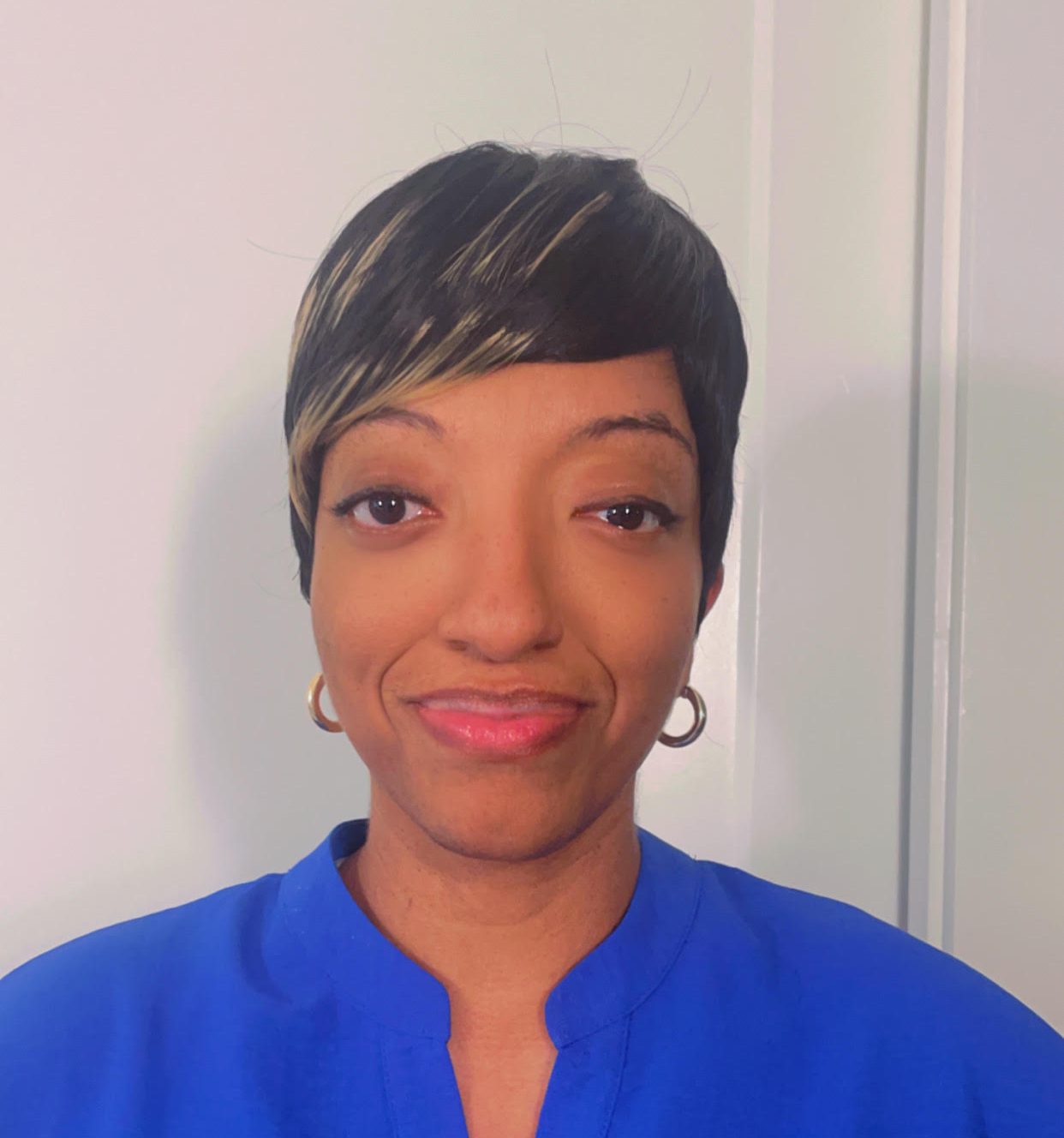
Managing your finances can be daunting, especially if you’re tackling multiple debts. A debt snowball spreadsheet is a powerful tool that can help simplify this process. By focusing on paying off smaller debts first, the debt snowball method builds momentum, making it easier to manage your finances over time. If you’re overwhelmed by debt a MCA lawyer can help you. Here, we look at the top five debt snowball trackers available on Amazon.
Debt Payoff Planner by Mike Amazing Books
The Debt Payoff Planner is essential for anyone using the debt snowball method. This debt snowball spreadsheet offers a clear visual of debts decreasing with each payment, providing a real sense of progress. Shoppers love its easy-to-follow structure which keeps them motivated throughout their debt-free journey. Moreover, the planner’s format is ideal for those who appreciate a tangible tracking system that they can refer to daily.
Debt Snowball Tracker: Debt Payoff Planner
Ideal for followers of the debt snowball method, this tracker focuses on helping you tackle your smallest debts first, building momentum as you go. The tracker includes sections for listing debts, planning payments, and reviewing annual progress. Its straightforward design is perfect for anyone new to debt management, providing a simple yet effective pathway to reducing debt.
Meet the Debt Tracker
Meet the Debt Tracker is celebrated for its adaptability and user-friendly design. It provides a comprehensive overview of your debts, integrating seamlessly with your broader financial planning strategy. Users appreciate the monthly budget and expense sheets, which help align their debt payments with other financial obligations. This tool is perfect for someone who prefers a digital, all-encompassing debt management system.
Monthly Bill Payment and Debt Tracker
For those juggling various financial responsibilities, this tracker offers a holistic approach. Not only does it manage debts, but it also tracks monthly bills and expenditures, ensuring you stay on top of all financial commitments. It’s especially favored by users who value a one-stop solution to manage their finances. The tracker’s detailed sections foster meticulous financial management, crucial for achieving debt freedom.
Clever Fox Budget Planner
The Clever Fox Budget Planner extends beyond mere debt tracking, incorporating features that aid in comprehensive budget creation and expense tracking. It integrates debt snowball strategies within a broader financial planning context, ideal for meticulous budgeters. Users rave about its ability to help them plan long-term financial goals while actively reducing debt. This planner is a favorite among those who are committed to a detailed and proactive financial management lifestyle.
Choose the Right Tool for Your Financial Journey
Selecting the right debt tracker can make a significant difference in your ability to manage and eliminate debt. Each of these products from Amazon offers unique features that cater to different financial needs and styles of money management. By choosing a tracker that aligns with your financial goals and preferences, you can enhance your motivation and efficiency in conquering your debts.

Latrice is a dedicated professional with a rich background in social work, complemented by an Associate Degree in the field. Her journey has been uniquely shaped by the rewarding experience of being a stay-at-home mom to her two children, aged 13 and 5. This role has not only been a testament to her commitment to family but has also provided her with invaluable life lessons and insights.
As a mother, Latrice has embraced the opportunity to educate her children on essential life skills, with a special focus on financial literacy, the nuances of life, and the importance of inner peace.




